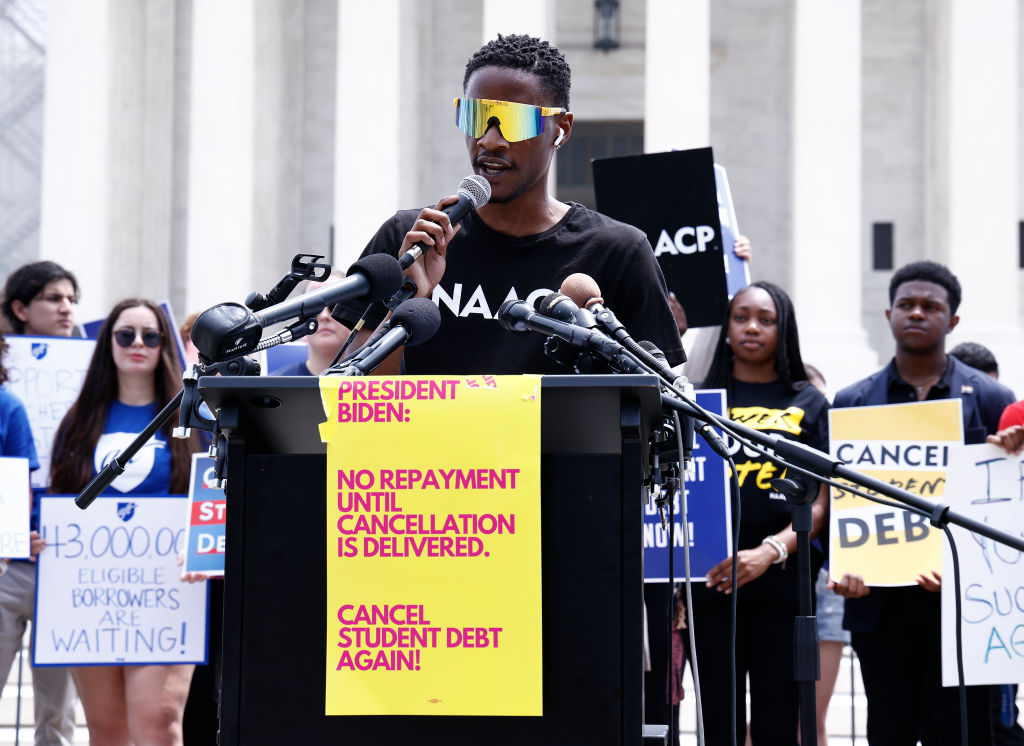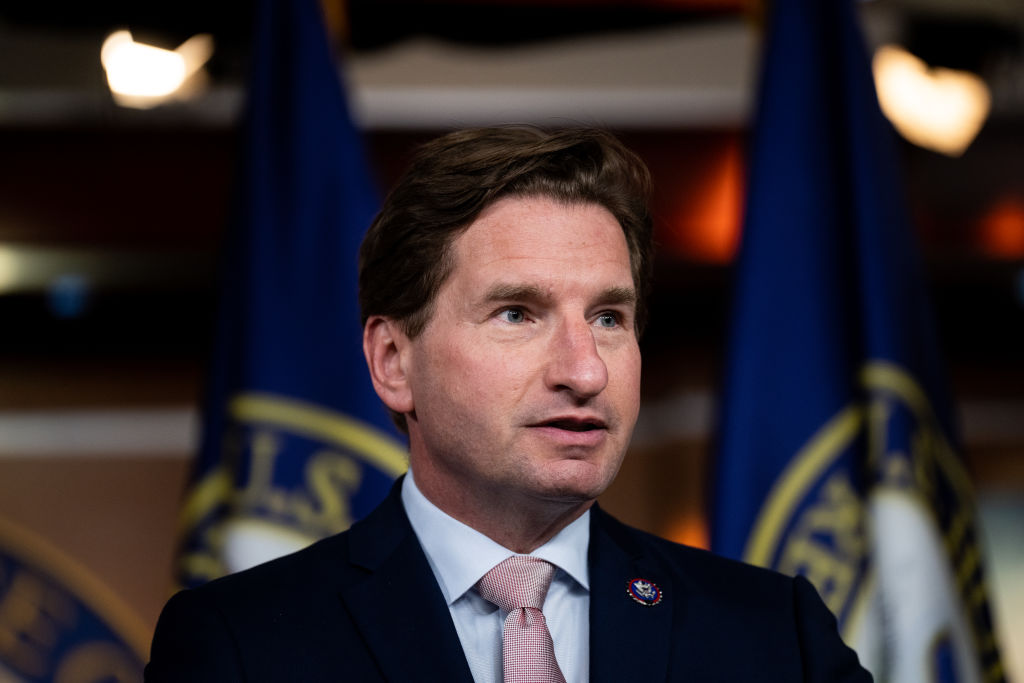President Biden’s revamped plan for addressing student loan debt, which follows the Supreme Court’s dismantling of his original proposal, faces new obstacles.
The plan is primarily based around adjustments to existing income-driven repayment plans and could cost an estimated $475 billion, an expense that is far more than initially anticipated. Consequently, taxpayers could bear the brunt of this increased debt.
According to the U.S. Department of Education, “more than 804,000 borrowers [have] a total of $39 billion in Federal student loans that will be automatically discharged in the coming weeks.” This comes as part of the Biden administration’s approval of over $116.6 billion in student loan forgiveness for over 3.4 million borrowers. This is described by President Biden as the “most generous repayment program ever.”
The new system, referred to as “Saving on a Valuable Education” (SAVE), has redefined the requirements for loan forgiveness, allowing for more borrowers to be eligible due to factors such as late or partial payments, periods of forbearance and deferment, and instances of economic hardship.
However, such widespread loan forgiveness comes with significant costs. The Penn Wharton Budget Model at the University of Pennsylvania estimates that the SAVE plan will incur a net cost of $475 billion over a 10-year budget window.
The analysis also notes that approximately 53% of the current $1.64 trillion in outstanding loans would shift to SAVE once it goes active in July 2024, suggesting about $869 billion will be subsidized under SAVE. Additionally, it projected $275 billion in reduced payments for about $1.03 trillion in new loans to be issued over the next decade.
The Supreme Court previously quashed the original plan, arguing it deviated too far from existing law without seeking legislative changes. The revised plan, although not as far-reaching, is still an incredibly high expense, especially considering the precarious state of the U.S. economy.
Such an expense adds to the U.S.’s already significant national debt, which currently stands at $32.54 trillion. This reinforces concerns raised by Maya MacGuineas, president of the Committee for a Responsible Federal Budget, who cautioned about the country’s “debt addiction of more than $5 billion per day” and its impact on future generations.
MacGuineas noted that interest payments alone are set to surpass the entire defense budget in the next decade, and potentially becoming the largest budget line item by 2051, even larger than Social Security and Medicare.
The SAVE plan and its financial implications are not yet definite and could be subjected to legal challenges due to the administration’s tendency to make costly policy decisions without congressional approval. Nevertheless, the less ambitious proposal may be less susceptible to legal contention.













